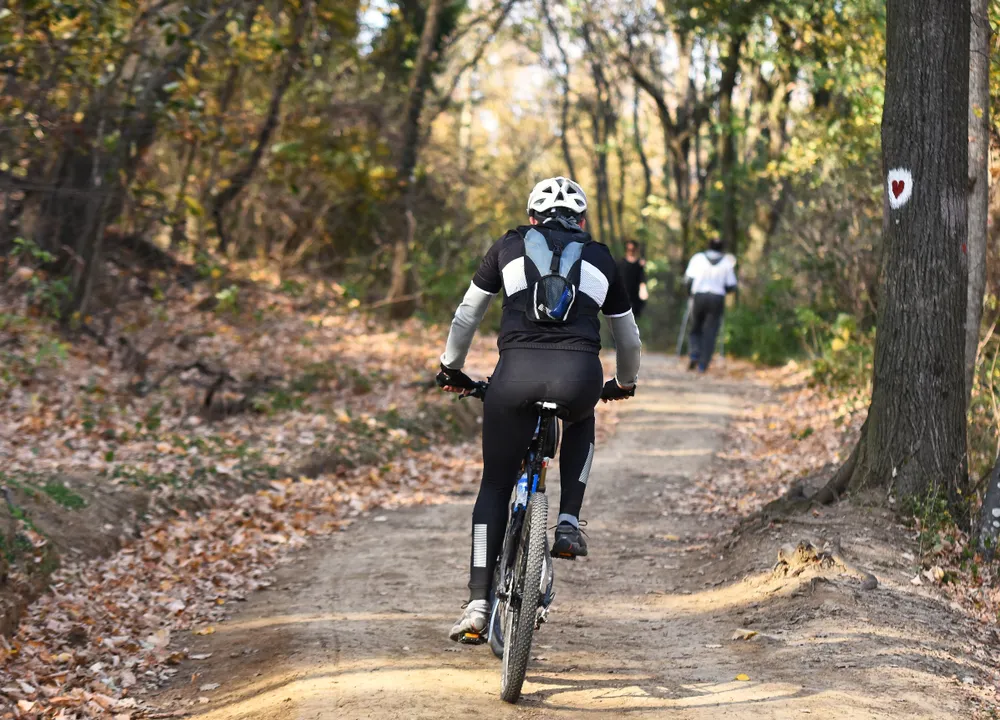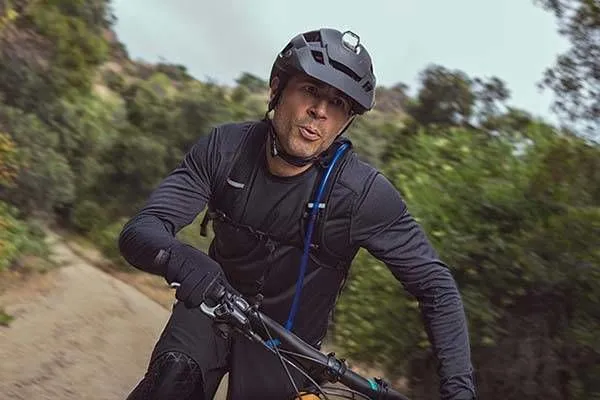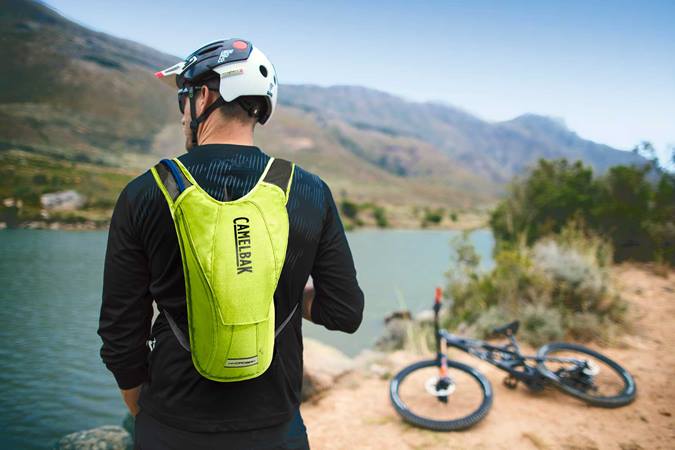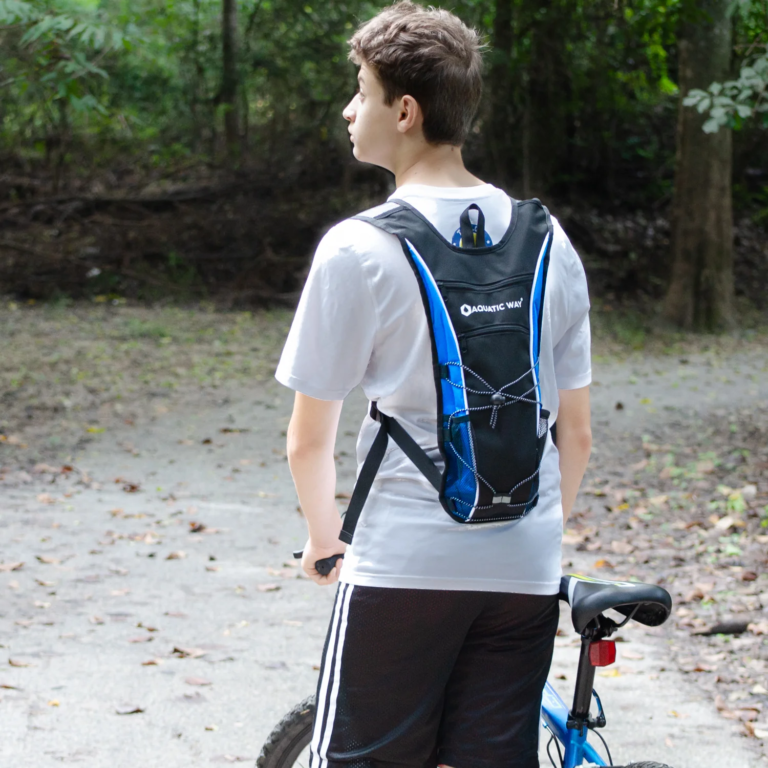Integrating Hydration Packs with Biking Gear: A Practical Guide for Cyclists
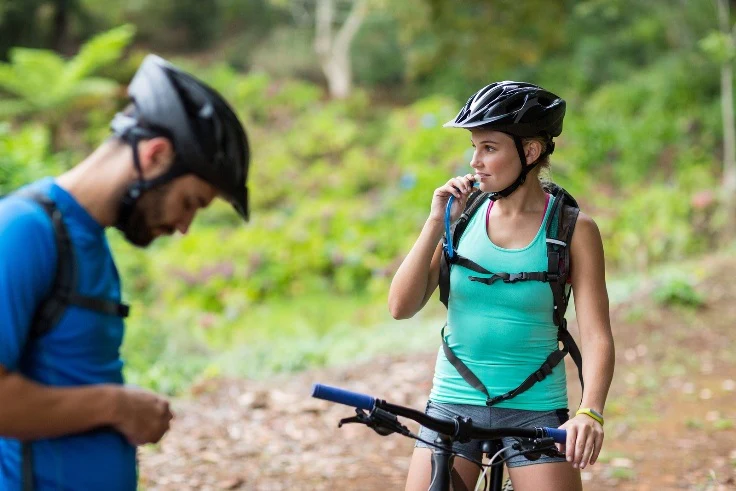
Key Point Summary of Integrating Hydration Packs with Biking Gear:
- Essentials of Hydration Pack Integration: Understanding how to effectively combine hydration packs with your cycling gear.
- Adjusting Packs for Different Cycling Styles: Tailoring hydration solutions for mountain, gravel, and cyclocross biking.
- Personal Tips and Tricks: Sharing my experiences and practical advice for optimizing hydration pack setup.
As a masters cyclist with extensive experience racing and riding across various disciplines – mountain biking, gravel, and cyclocross – I’ve learned the importance of properly integrating hydration packs with cycling gear. Hydration is key in cycling, and integrating hydration packs effectively can make a significant difference in your riding experience. In this post, I’ll share insights and tips aimed at beginner to mid-level cyclists on how to best integrate hydration packs with their gear.
Essentials of Hydration Pack Integration
Integrating hydration packs with your cycling gear starts with understanding the type of riding you’ll be doing. For instance, mountain biking requires a pack that’s sturdy and can hold more water due to less access to refill points, while road cycling might call for a more aerodynamic and lightweight pack.
A key part of integration is ensuring the pack fits well with your cycling jersey and doesn’t restrict movement. You also want to make sure the pack’s hose is easily accessible so you can drink without stopping or losing focus.
Adjusting Packs for Different Cycling Styles
Mountain Biking: Here, stability is crucial. Choose a hydration pack with a snug fit and minimal bounce. I remember a ride where my pack kept shifting, throwing off my balance on technical descents – not a mistake I repeated. Look for packs with chest and waist straps for added stability.
Gravel Biking: Comfort over long distances is essential. Opt for a hydration pack with adjustable straps and a back panel that promotes airflow, reducing sweat buildup on longer rides.
Personal Tips and Tricks
When integrating hydration packs with your cycling gear, consider the following:
- Test Your Setup: Before a big ride or race, test your pack with your gear. This helps you adjust the fit and ensures everything works together seamlessly.
- Pack Smartly: Balance the weight in your pack. Keep heavier items close to your back and distribute the load evenly. This improves comfort and bike handling.
- Easy Access: Organize your pack so that essentials like tools, snacks, and extra layers are easily accessible without having to stop and unpack.
- Maintenance: Regularly clean your hydration pack, especially the bladder and hose, to prevent mold and ensure the longevity of the pack.
- Train with Your Pack: Use your hydration pack during training to get used to the added weight and feel. This way, it becomes a natural part of your gear on race day.
Integrating hydration packs with your biking gear is more than just throwing a pack on your back. It’s about finding the right balance between comfort, accessibility, and functionality. As a cyclist who has experienced various terrains and challenges, I can’t stress enough the importance of a well-integrated hydration system. It not only ensures you stay hydrated but also enhances your overall riding performance.
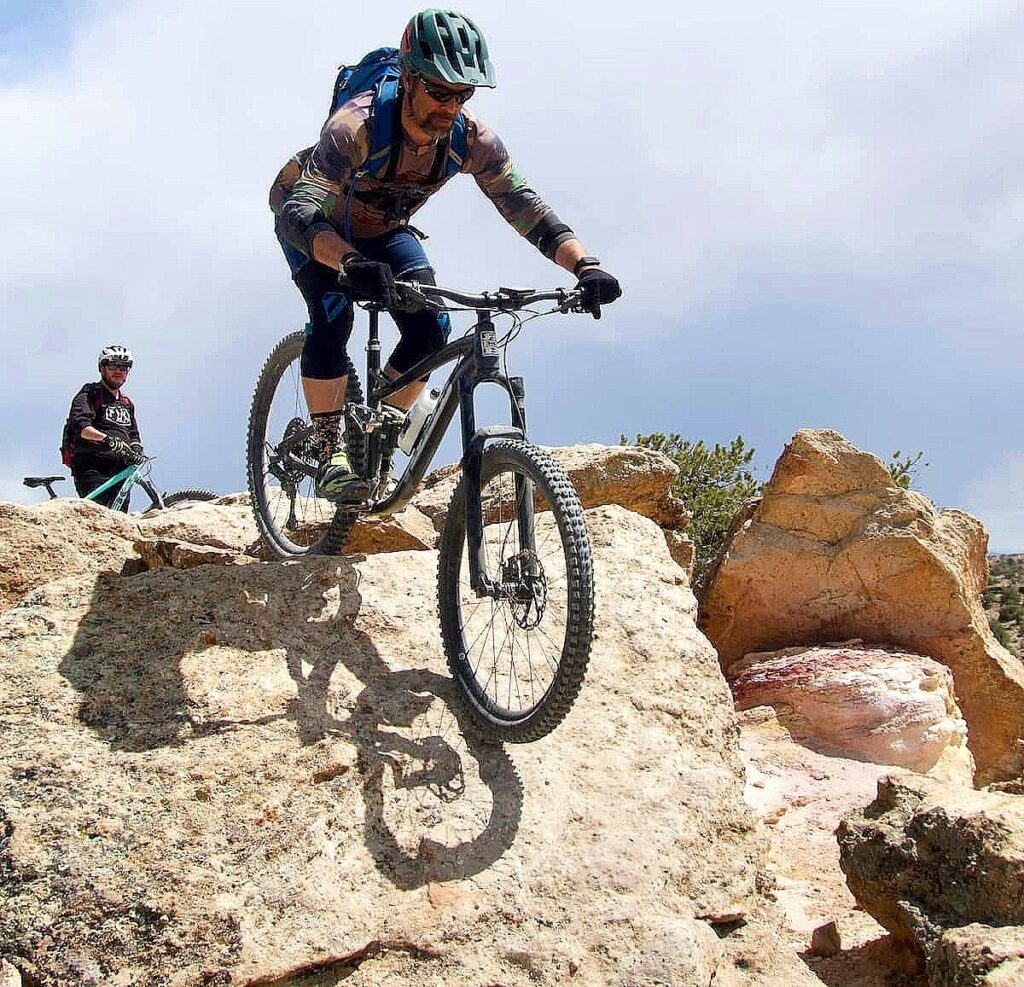
Integrating hydration packs with cycling gear is a critical aspect of preparing for any ride. As a masters cyclist with a wealth of experience in mountain biking, gravel biking, and cyclocross, I’ve learned how to match hydration packs with various cycling gear for optimal performance. Here’s how you can do the same, with examples for different types of gear:
Choosing the Right Hydration Pack
Each cycling discipline has unique hydration needs. In mountain biking, I prefer a rugged pack like the Osprey Raptor, which has a snug fit and ample storage for tools. For gravel biking, where comfort over long distances is key, a CamelBak M.U.L.E. with its adjustable straps and breathable back panel is my go-to choice. More lists can be found in our Best Hydration Packs!
Gear Compatibility
- Cycling Jerseys: Look for hydration packs with mesh panels that align with the ventilation zones in your jersey. This ensures breathability and comfort. For example, the CamelBak Chase Bike Vest works well with most jerseys due to its minimal design.
- Bike Shorts and Bibs: Ensure the waist strap of your hydration pack doesn’t interfere with the waistband of your shorts or bibs. Packs like the TETON Sports Trailrunner, known for their lightweight and adjustable waist straps, are ideal.
- Cycling Gloves: Make sure your pack’s hose can be easily accessed and used with your gloves on. Packs with magnetic hose clips, like the Osprey Syncro, are incredibly glove-friendly.
- Cycling Shoes and Cleats: While hydration packs don’t directly interact with shoes or cleats, ensuring your pack is balanced and doesn’t throw off your posture is vital for maintaining efficient pedaling.
- Cycling Glasses: Some hydration packs come with quick-access pockets that are perfect for storing glasses when not in use. The EVOC Stage Technical Performance Pack, for example, offers easy-access compartments suitable for glasses.
- Helmets: If you often ride with a helmet, consider hydration packs with helmet attachments, like certain models from Deuter, for convenience.
Personal Experiences and Recommendations
From my experiences:
- Balance and Comfort Adjustments: Take the time to adjust your hydration pack for the best fit. This might include tweaking shoulder and waist straps to ensure the pack doesn’t bounce around during your ride.
- Hydration Hose Management: Secure the hydration hose in a position where it won’t interfere with your vision or movement. Some riders prefer to route it under their arm, while others opt for over the shoulder.
- Prepare for Varying Weather: If you’re cycling in changeable weather conditions, consider how your hydration pack can accommodate layers of clothing. Make sure it’s still comfortable over a jacket, for example.
Selecting and integrating a hydration pack with your cycling gear is an essential skill for any cyclist. It’s not just about having water on the go; it’s about maintaining comfort, efficiency, and balance throughout your ride.
FAQ
When should you use a hydration pack?
You should consider using a hydration pack in various scenarios, particularly during activities where maintaining hydration is crucial and access to water is limited. Here are some common situations where a hydration pack is beneficial:
- Long-Distance Cycling or Mountain Biking: For bike rides that span several hours or take place in remote areas, a hydration pack is essential. It allows you to drink water without stopping or slowing down, which is particularly useful during endurance rides or races.
- Hiking and Backpacking: On long hikes or backpacking trips, especially in areas where water sources are sparse, hydration packs provide a convenient way to carry sufficient water and stay hydrated.
- Running, Especially Trail Running: For long-distance runners and trail runners, hydration packs offer a way to carry water comfortably without the need to hold bottles, which can be particularly cumbersome during longer runs.
- Outdoor Sports and Activities: In activities such as skiing, snowboarding, or kayaking, where carrying traditional water bottles is impractical, hydration packs offer a convenient solution.
- Hot Weather Activities: During activities in hot and humid conditions, where dehydration risks are higher, hydration packs ensure easy access to water, helping to prevent heat-related illnesses.
- Participating in Events or Races: In organized events like marathons, adventure races, or cycling events, where you need to be self-sufficient in terms of hydration, a hydration pack is often a wise choice.
- Traveling and Sightseeing: For those who spend long days sightseeing, especially in warm climates, a hydration pack can be a comfortable way to carry water and stay hydrated throughout the day.
Can you wear a hydration pack and a backpack?
Yes, you can wear a hydration pack and a backpack together, but it requires careful selection and adjustment to ensure comfort and balance. Typically, people choose a small hydration pack that can fit under or over a larger backpack, or a backpack with a built-in compartment for a hydration bladder. It’s important to consider the weight distribution and ease of access to both the hydration tube and your backpack’s contents.
Are hydration packs good for cycling?
Yes, hydration packs are generally considered good for cycling, especially for longer rides, mountain biking, or in conditions where having frequent access to water is essential. They allow cyclists to drink without stopping, provide a balanced way to carry water, and can also offer additional storage for tools, snacks, and other essentials. This convenience and efficiency can enhance the cycling experience, making hydration packs a popular choice among cyclists.
The right setup can significantly enhance your biking experience. Stay hydrated, and happy cycling!
John
